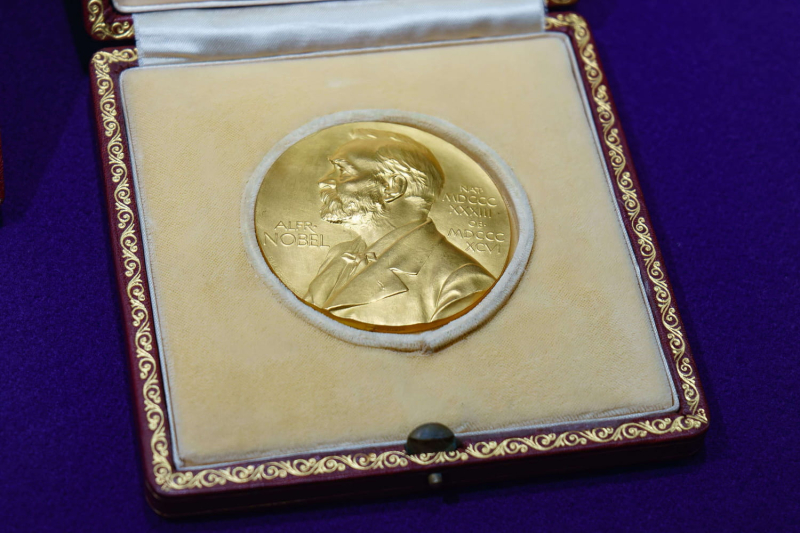Women are often underrepresented among Nobel Prize winners, and now we know why. The Nobel Prizes are awarded each year in early October in Stockholm, starting with medicine, physics, and chemistry. Then come the consecrations in literature, for peace, and for economics. An award ceremony takes place every December 10, the anniversary of Alfred Nobel's death. While hundreds of candidates are in the running, for example 286 for peace for the 2024 vintage, a study by the CEPR (Centre for Economic Policy Research) has looked at the family background of all the scientific laureates since the prizes were awarded. First observation: they often come from very wealthy families. “The average laureate grew up in a household in the 87th to 90th percentile of the wealthiest,” the study assures. Half of them then have a father who is or was at one time part of the 5% of the population with the highest incomes in his country. The most common professions are those of doctors, teachers, engineers or business leaders. According to the study by Nature, the average age of the winners is 58 years old and they come mainly from the United States (54% of the prizes were awarded to Americans). It is also often necessary to wait a good twenty years to see one's innovative work rewarded. The inequalities of opportunity are especially noticeable for women. To date, only about sixty have received the Holy Grail, compared to nearly 900 men. Despite progress in recent years, more than half of the Nobel Prizes awarded to women date from after the 2000s; just last year, only four women were rewarded, compared to seven men. Women have also received more prizes in literature (14.2%) and for peace (17.1%), than in science (26 prizes, or 2.2% in physics, 3.2% in economics, 5.7% in medicine). Only Marie Curie, the first woman to be rewarded, has won two Nobel Prizes. This observation is the result of many years when women had great difficulty accessing scientific careers. Even today, there are fewer women in positions of responsibility. There is still a disproportion in the presence of women in scientific fields, which statistically gives them less chance of being chosen. Another reason, which is deplorable to say the least: women also often have to share their prize, this is what is called the Mathilda effect, which refers to a recurring minimization of women's contributions to research. Nobel committees are also predominantly composed of men, barely more than a quarter of the jury are women. In 2019, a study concluded that 96% of the inequality in the distribution of prizes by gender is due to “the persistence of a gender bias against women”. Proof that even among Nobel scholars who are rather aware of structural inequalities between men and women, there is still much work to be done…
Women underrepresented, especially in science

